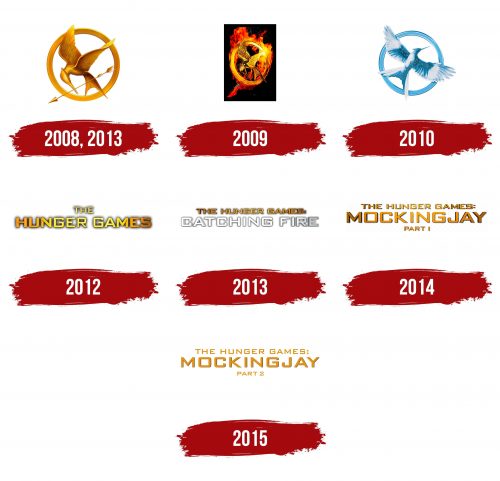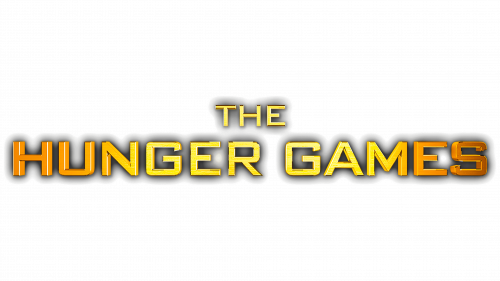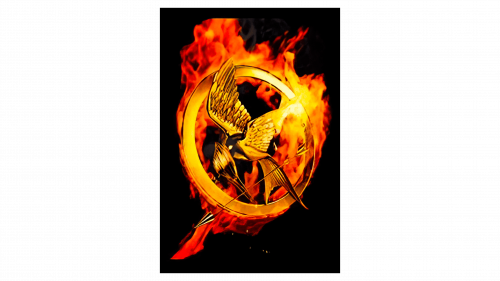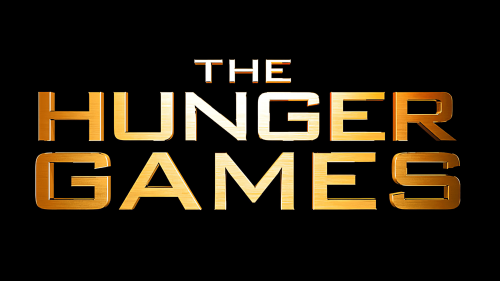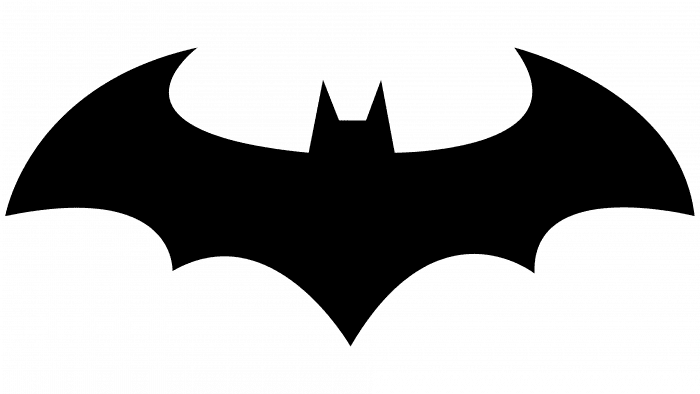The Hunger Games logo is filled with grandeur, strength, and struggle. The unyielding metal of the emblem reflects the will to win that fills the story’s heroine. The shine of gold indicates the main resource at stake in the games.
Hunger Games: Brand overview
Suzanne Collins, an American writer, launched a groundbreaking series with the publication of “The Hunger Games” in 2008, captivating young adults and readers across a broad age spectrum. Published by Scholastic, this novel unveiled the harsh realm of Panem and its barbaric yearly competition, The Hunger Games, setting the stage for a profound narrative journey.
The debut book quickly propelled Collins into the spotlight, paving the way for the sequels “Catching Fire” in 2009 and “Mockingjay” in 2010. These books wrapped up the saga of Katniss Everdeen, a young heroine battling against the oppressive Capitol. Throughout the trilogy, Collins delves into themes such as tyranny, the impact of mass media, and the complexities of war, challenging readers to think critically about these issues.
The narrative leaped from page to screen in 2012, with Lionsgate Studios releasing the first installment of The Hunger Games movie franchise, featuring Jennifer Lawrence as Katniss. The series, which expanded to include adaptations of “Catching Fire” and both parts of “Mockingjay,” amassed close to $3 billion worldwide, showcasing the tale’s massive appeal.
In 2020, Collins expanded the universe of Panem with “The Ballad of Songbirds and Snakes,” a prequel novel that explores the backstory of a young Coriolanus Snow, signaling a resurgence of interest in the Hunger Games world. More than a decade after the first novel’s release, the legacy of Collins’ work continues to resonate, influencing both the young adult genre and the broader cinematic world with its visionary depiction of a dystopian future and enduring themes of rebellion and resilience.
Meaning and History
The logos of the trilogy are filled with images that evoke certain associations with the main events and characters of the story. The symbols represent freedom, uprising, wealth, and domination. The images tell the story of the difficult path to freeing the entire country from the slavery of a despotic capital that has hoarded all resources. Like a bird gradually spreading its wings on the emblem, Panem won its happy future.
What is Hunger Games?
A series of films and novels by Suzanne Collins in which teenagers from 12 districts of a fictional world must participate in deadly combats. The first part of the book was published in 2008. Filming began in 2011, and the first movie was released in 2012. After that, there were three more books and four films. In terms of popularity, the series ranked second after Harry Potter.
2012
The emblem is the logo of the first film, based on Suzanne Collins’ trilogy. The film began production in 2011, and apparently, the first logo was designed at that time.
The sign consists of voluminous golden letters that, like a monument, rise above the viewer. The emblem represents the grandeur of the Capitol – a technologically advanced and wealthy capital.
The emblem was designed to showcase the spectacle of the games, which were broadcast in all districts. The sign is a prototype of a grand show.
Gold in the logo indicates the theme of wealth. The main problem was that the districts remained poor due to the dominance of the Capitol. Victory in the games promised a reward in the form of food, supplies, and money.
2013
The second emblem is related to the second film of the trilogy, The Hunger Games: Catching Fire, which was released in 2013. Unlike the fiery title of the book, the inscription that became the logo includes white letters. The golden name of the trilogy, The Hunger Games, is placed at the top in its previous format. The choice of white letters for the Catching Fire inscription indicates:
- The first direct confrontation with the president of the Capitol was Snow.
- The disappearance of the heroine from the authorities’ view – going underground.
- The ashes were left after the destruction of District 12, where Katniss Everdeen used to live.
- The memory loss of the Mockingjay partner.
- Winter, as the events took place in the cold season.
The capital letters demonstrate the grandeur of the drama’s events. The film decides the fate of an entire generation of people.
2014
The sign corresponds to the first film based on the third novel of Collins’ trilogy – The Hunger Games: Mockingjay – Part 1. The logo returns to the saturated color of gold. The word Mockingjay is especially highlighted in the emblem, as the main heroine had to play the role of the ideological image of the uprising.
2015
The logo represents the fourth and final installment of The Hunger Games: Mockingjay – Part 2. It completely replicates the imagery of the first part.
After all the films in the series, a prequel was made, The Hunger Games: The Ballad of Songbirds & Snakes, which tells the story that led to the rise of the ruthless ruler Coriolanus Snow.
The Hunger Games (novel series)
2008, 2013
The emblem of the first book features a symbol that became the prototype for the entire series. It is used in any reference to The Hunger Games, whether in film adaptations or print. The image is a Mockingjay placed in a circle and holding an arrow in its beak.
The bird is a fictional animal resulting from the crossbreeding of jabber jays and mockingbirds. In the book, it is associated with the uprising of District 13 against the Capitol. This event is central to the origin of the games. Originally, jabberjays were mutated by the leaders of the Capitol to assist them in their struggle for power. They were trained to memorize speech and spy on the rebels. However, the rebels managed to reprogram the jabberjays and send false information to the Capitol. Consequently, the rulers abandoned the mutants, thinking they would die out since they were all male. But the jabberjays mated with mockingbirds, becoming a symbol of resistance against the Capitol.
The bird is associated with the main character, Katniss Everdeen after she voluntarily takes her younger sister’s place in the games. Like these birds, she was never meant to exist there.
The logo image served as a badge worn by Katniss on her clothing, as a reminder of her beloved sister. Throughout the book, this amulet is a constant focus. The Mockingjay symbolizes resistance. They are unconventional, like all of the heroine’s decisions.
Mockingjays loved to listen to and mimic human songs, which Katniss used to communicate with friends. No matter how much the Capitol tried to discredit her, she only grew stronger. The arrow corresponds to the weapon Everdeen uses.
2009
The second emblem represents the book Catching Fire. The previous sign is used but engulfed in flames. The defiance shown by Katniss during the games becomes the cause of the uprising against the Capitol, and the leader, threatening the lives of her loved ones, forces Everdeen to go on a tour to calm the residents. Then, she is forced to participate in new games. The fire symbolizes the rising rebellion and the danger threatening the heroine’s life.
2010
The logo for the third book – Mockingjay. The symbol of a bird taking flight, seemingly breaking free from the closed circle – the arena. The author was inspired by the story of Theseus and the Minotaur, who entered the circle of victims doomed to slaughter, helped kill the Minotaur, and led the prisoners through the labyrinth to freedom. The emblem represents victory over the Capitol and freedom for all districts.
Font and Colors
Gold forms the basis of all logos. The color speaks of wealth, which in the story are money, food, and freedom. The addition of white and red signifies intense struggle and the possibility of starting anew.
The font is the cubic Morris Sans Pro Medium in 3D format. This choice emphasizes the spectacle of the games and the scale of the events that decided the fate of an entire civilization.

